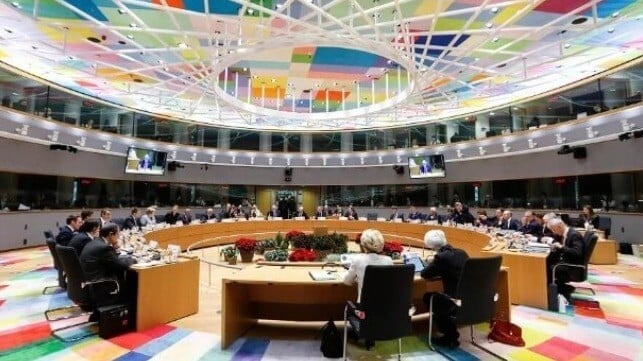Green Shipping's Transition Likely to Come From Regional Frameworks

The shipping industry has been embroiled in a major debate on the effectiveness of the IMO’s Revised GHG Strategy adopted at MEPC 80 back in July. According to some quarters, the new strategy represents a significant leap in ambition, aligning shipping with the science-based target of 1.50 C. To others, although the revised strategy is an improvement to the previous IMO’s 2018 Initial GHG Strategy, it still falls short.
Under the revised strategy, the IMO (International Maritime Organization) agreed on indicative emission reduction targets for 2030 (at least 20%, striving for 30%), 2040 (70% emissions reduction, striving for 80%) and reaching net-zero by 2050.
But even as the shipping industry continue to discuss the Revised GHG Strategy, is it time the sector changed the approach for negotiating climate regulations for speed and efficiency? Overall, IMO continues to be castigated by green groups for its slow pace of adopting ambitious decarbonization targets.
Speaking at the European Shipping Summit in Brussels last week, Executive Director of the campaign group Transport and Environment (T&E) William Todts said that if shipping wants to accelerate decarbonization, national and regional frameworks are the way to go, which eventually helps IMO to succeed too.
“Imagine if the UN was in charge of car CO2 standards to deliver zero emission cars - how would you get there with the major oil producing countries fighting against you?” posed Todts.
At the same event, the Former European Commission President Jose Manuel Barroso doubted whether there will ever be a global carbon tax, given the resistance major oil producing nations can exert on UN bodies.
Building momentum for national, regional and industry-driven green transition is already showing some success in catalyzing global shipping decarbonization. Take the case of the EU, which has enacted several green shipping policies – like the FuelEU Maritime initiative, the Alternative Fuels Infrastructure Regulation (AFIR) and inclusion of shipping in the EU ETS (Emissions Trading System).
As a result of these policy measures, Europe leads with 56 percent in terms of the number of zero-emission pilot and demonstration projects in shipping, according to a recent analysis by the Getting to Zero Coalition. In addition, Europe has the largest share of publicly funded shipping decarbonization projects. As of May, the region has 110 publicly-funded projects, nearly double the 58 that were registered in 2020.
The regional approach to climate regulation was also at play in the recently concluded Africa Climate Summit in Nairobi. Twenty African nations signed the Nairobi Declaration supporting the proposal for a global carbon taxation scheme in sectors such as fossil fuel trade, maritime transport and aviation. This positioning is likely to influence voting patterns of these nations at UN bodies such as the IMO.
Without doubt, if national and regional actors step-up their level of ambition in green shipping, climate negotiations at the IMO will be easier, especially in providing the much needed global clarity of the next green shipping fuel.
The opinions expressed herein are the author's and not necessarily those of The Maritime Executive.
